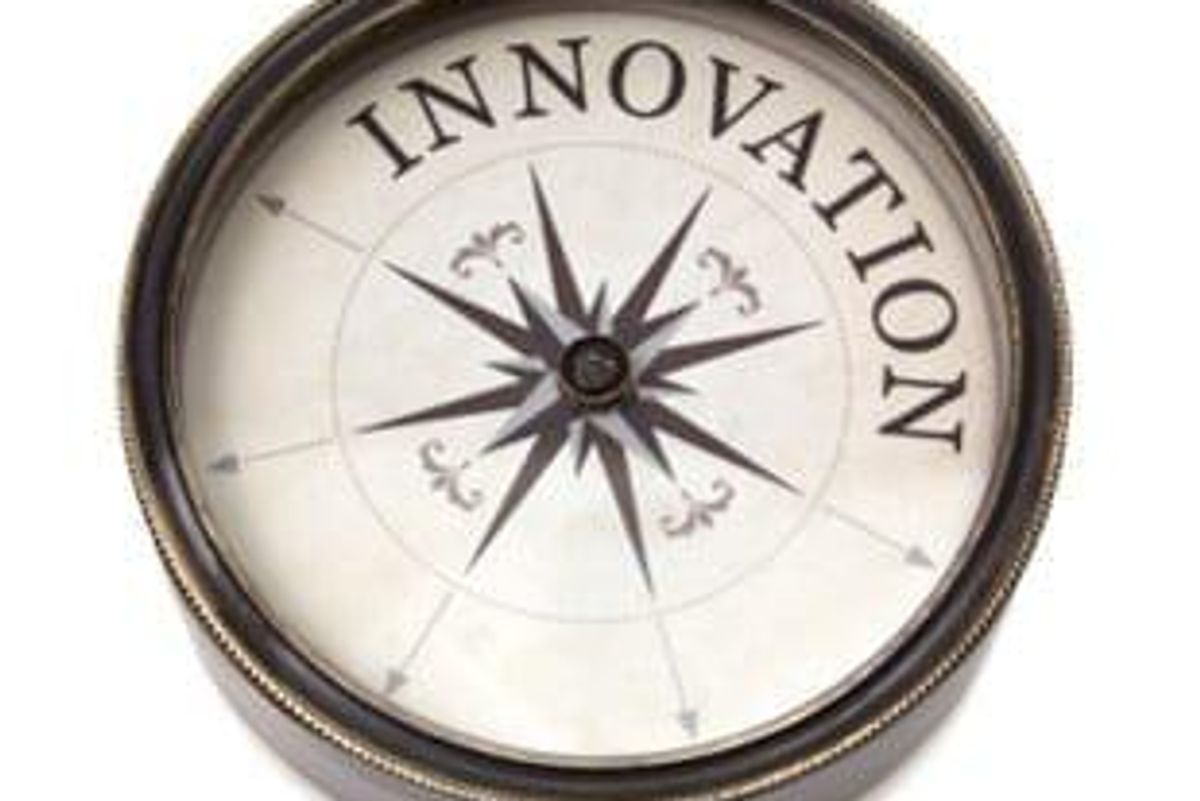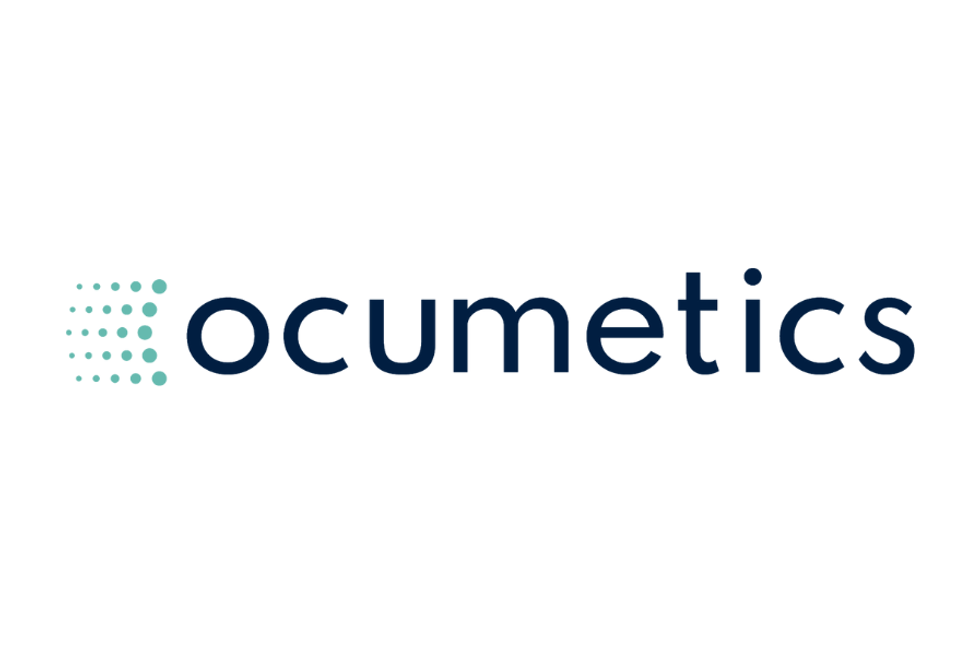- AustraliaNorth AmericaWorld
Investing News NetworkYour trusted source for investing success
- Lithium Outlook
- Oil and Gas Outlook
- Gold Outlook Report
- Uranium Outlook
- Rare Earths Outlook
- All Outlook Reports
- Top Generative AI Stocks
- Top EV Stocks
- Biggest AI Companies
- Biggest Blockchain Stocks
- Biggest Cryptocurrency-mining Stocks
- Biggest Cybersecurity Companies
- Biggest Robotics Companies
- Biggest Social Media Companies
- Biggest Technology ETFs
- Artificial Intellgience ETFs
- Robotics ETFs
- Canadian Cryptocurrency ETFs
- Artificial Intelligence Outlook
- EV Outlook
- Cleantech Outlook
- Crypto Outlook
- Tech Outlook
- All Market Outlook Reports
- Cannabis Weekly Round-Up
- Top Alzheimer's Treatment Stocks
- Top Biotech Stocks
- Top Plant-based Food Stocks
- Biggest Cannabis Stocks
- Biggest Pharma Stocks
- Longevity Stocks to Watch
- Psychedelics Stocks to Watch
- Top Cobalt Stocks
- Small Biotech ETFs to Watch
- Top Life Science ETFs
- Biggest Pharmaceutical ETFs
- Life Science Outlook
- Biotech Outlook
- Cannabis Outlook
- Pharma Outlook
- Psychedelics Outlook
- All Market Outlook Reports

It’s a brave new world out there. Each year, medical device manufacturers embark on projects earlier ages deemed impossible, developing technologies that seem more sci-fi than life science—that is, until they’re approved and on the market. 2016 is no different.
It’s a brave new world out there. Each year, medical device manufacturers embark on projects earlier ages deemed impossible, developing technologies that seem more sci-fi than life science—that is, until they’re approved and on the market.
2016 is no different. New medical technologies abound this year, and whether they’re still in development or already for sale, these devices have the potential to totally transform the investment landscape.
So what should investors expect to hear about in the second half of 2016, plus the years to come? Without further ado, let’s count down three new medical technologies coming to market soon.
(Well—soonish. As any life science investor knows, lengthy timelines are only to be expected in this sector. Still, it’s always helpful to look ahead!)
1. Nanoswimmers
A new breed of nanobots have arrived … and they look distinctly aquatic. Complete with their own caudal fin, these nanoscale robots are designed to move as fish do. When exposed to a magnetic field, the tiny bots begin to swim.
That has major applications for medicine. Nanobots have long been seen as a way to target drug delivery, making sure that only sick cells receive treatment. The nanoswimmer is the best solution, researchers argued in this article published by Small, because of its high dimensionless speeds.
Nanobots—whether they take fish form or not—have numerous other health applications as well. From medical imaging to patient monitoring, these tiny products have the power to change healthcare completely.
In fact, the first cancer-targeting DNA nanobots will soon enter their first human trial, as Life Science Investing News recently reported. It seems the future is here—or almost.
2. Robotic assistance
Scientists are thinking physically bigger when it comes to robotics as well. Japan seems to be leading the charge here, with RIKEN (TYO:6462) and Sumitomo Riko (TYO:5191) developing a Robot for Interactive Body Assistance. RIBA, as it is known, can move patients between beds or chairs.
Meanwhile, Cyberdyne (TYO:7779) is at work on Hybrid Assistive Limb robot suits, which allow physically disabled wearers greater range of movement.
And these days, robots are also involved in surgery. Intuitive Surgical (NASDAQ:ISRG), for example, has their da Vinci System, which can make major surgery less invasive. According to the product’s website, “The da Vinci System features a magnified 3D high-definition vision system and tiny wristed instruments that bend and rotate far greater than the human hand.”
3. 3D printed body parts
A shortage of donor tissues and organs causes thousands of people to die every year. But with more and more work being done on engineered tissues, that might not be the case going forward.
“We present an integrated tissue-organ printer (ITOP) that can fabricate stable, human-scale tissue constructs of any shape,” researchers announced in February. It sounds like something you might read in Weird Tales from Beyond—but this article was published in Nature Biotechnology.
In fact, engineering tissues has been possible for a while. But as the BBC reported, progress has been inhibited by the fact that it’s very difficult to keep cells alive. “They become starved of oxygen and nutrients in tissues thicker than 0.2 millimetres,” wrote Health Editor James Gallagher.
But ITOP overcomes this challenge. It prints tissues with many tiny channels, allowing oxygen and nutrients to pass through the tissue.
The development could have implications for companies involved in the field of regenerative medicine, like Hydromer (OTC:HYDI) or Organovo (NASDAQ:ONVO).
In sum: new medical technologies 2016
Those interested in medical device investing will find much to be excited about in the years to come. Revolutionary developments in healthcare and robotics are extending the realm of the possible for medical device manufacturers—and that, of course, means potential pay-offs for investors.
Don’t forget to follow us@INN_LifeScience for real-time news updates.
Securities Disclosure: I, Chelsea Pratt, hold no direct investment interest in any company mentioned in this article.
Outlook Reports
Featured Medical Device Investing Stocks
Browse Companies
MARKETS
COMMODITIES
| Commodities | |||
|---|---|---|---|
| Gold | 2389.56 | +9.63 | |
| Silver | 28.52 | +0.28 | |
| Copper | 4.53 | +0.07 | |
| Oil | 83.29 | +0.56 | |
| Heating Oil | 2.56 | +0.02 | |
| Natural Gas | 1.78 | +0.02 | |
Investing News Network websites or approved third-party tools use cookies. Please refer to the cookie policy for collected data, privacy and GDPR compliance. By continuing to browse the site, you agree to our use of cookies.


